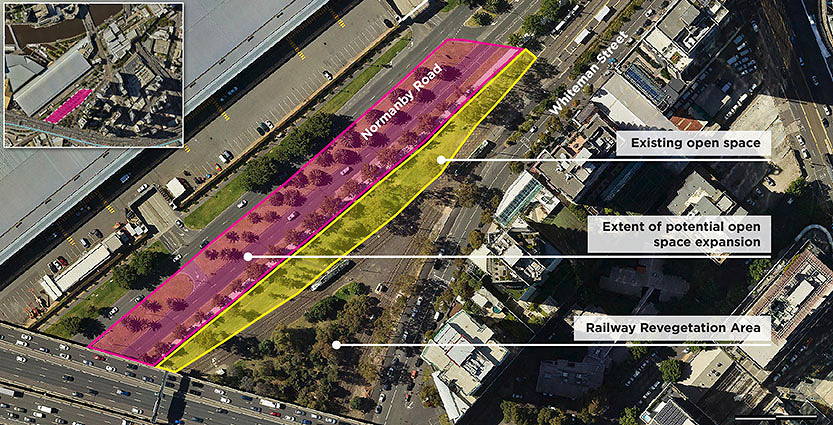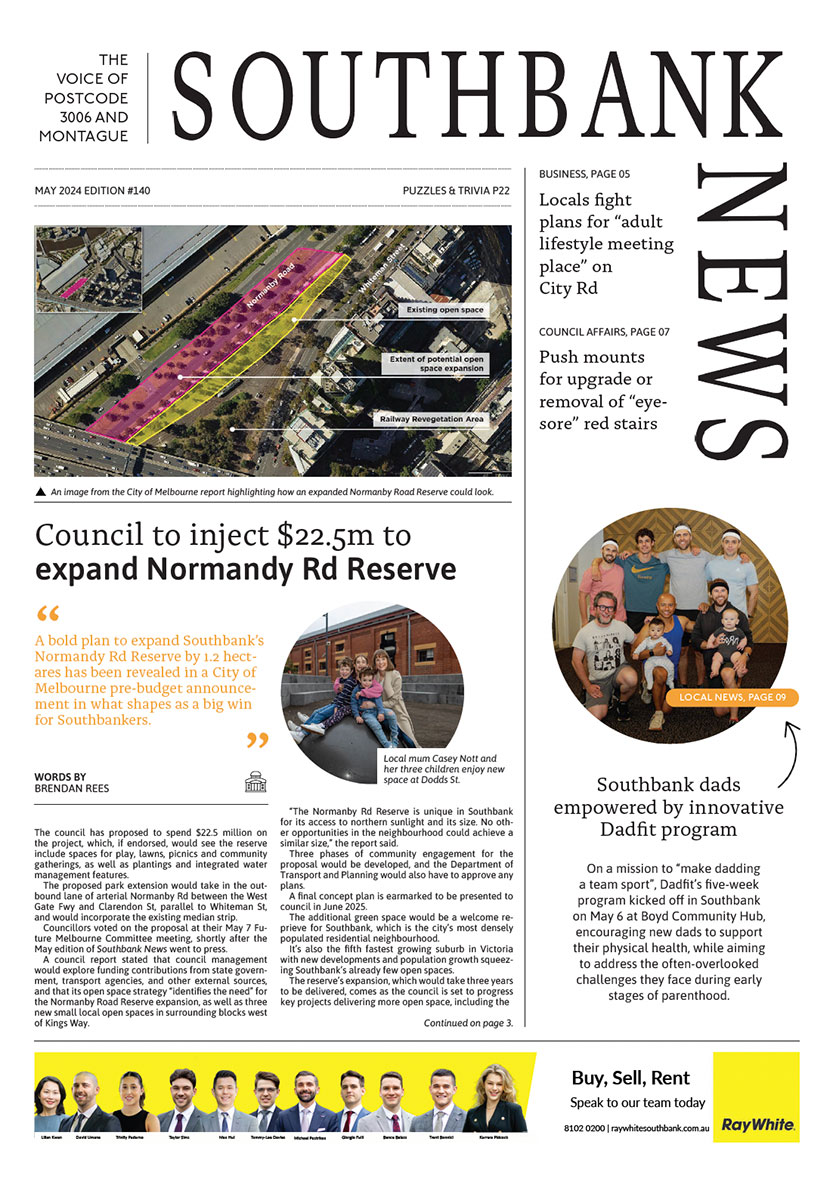
Council proposes bold action to green city buildings
The City of Melbourne is set to draw inspiration from world leading cities like Singapore to create greener buildings across this metropolis under new planning rules to improve sustainability.
The Sustainable Building Design Amendment proposes to introduce stronger planning controls for developments – covering everything from improving energy and water efficiency, increasing the uptake of renewable energy, and more greenery on roofs and walls.
According to the City of Melbourne’s data, buildings are the biggest polluters in the city, accounting for 66 per cent of all carbon emissions in the city – compared to 25 per cent in other municipalities.
“We’re taking bold action to address climate change – and this is another significant step forward to cut emissions and improve sustainability across our beautiful city,” Lord Mayor Sally Capp said.
Developers can find clarity and confidence in these amendments to know they are contributing to long-term sustainability, while the buildings’ tenants will receive the benefits of cheaper operational costs.
The proposed new amendment – which is open for submissions until April 17 – would also encourage the creation of vertical gardens and the installation of solar panels in what the council said would “transform Melbourne’s skyline”.
According to council, benefits of the new rules include reducing the urban heat island effect, improving energy efficiency, and addressing water shortages and resource recovery.
“The amendment includes policy, mandatory and optional controls, and will apply to particular types of developments,” the council said.
The City of Melbourne’s planning portfolio chairman Nicholas Reece said the city would become a “world leader” in sustainable design and green urban environments by drawing inspiration from the success of cities like Singapore, Vienna, and Copenhagen.
“We know buildings contribute 66 per cent of all emissions in our city – that’s why we need to work alongside developers and property owners to combat climate change, which will also reduce energy costs for businesses and homes,” he said.
Under the changes, the council’s commitment to power the city with 100 per cent renewable energy by 2030, and to reach zero net emissions by 2040 would also be accelerated.
In addition to greener buildings, this would be achieved by cutting back on waste generation, increasing electric vehicle infrastructure and bicycle parking, and boosting the number of trees.
To help comply with the new environmental standards, which will be put to the Minister for Planning for final approval, developers will have access to the council’s Green Factory Tool online green infrastructure assessment program.
The online tool is the first of its kind in Australia, allowing designers, architects, developers, builders, and the community to consider and optimise the inclusion of green infrastructure in building design.
The Property Council’s Victorian executive director Cath Evans welcomed the amendment, saying Australian building owners and developers had been at the “forefront of sustainable building performance, and great sustainability outcomes are being increasingly sought by tenants, occupiers and residents”.
“We encourage building owners and developers of all sizes and sectors to read the detail of this important work and provide their input to this consultation,” she said.
For more details, to make a submission, or attend an information session, visit participate.melbourne.vic.gov.au/amendment-c376 •

La Camera celebrates 25 years at Southgate

New residential tower planned for heart of Southbank





 Download the Latest Edition
Download the Latest Edition